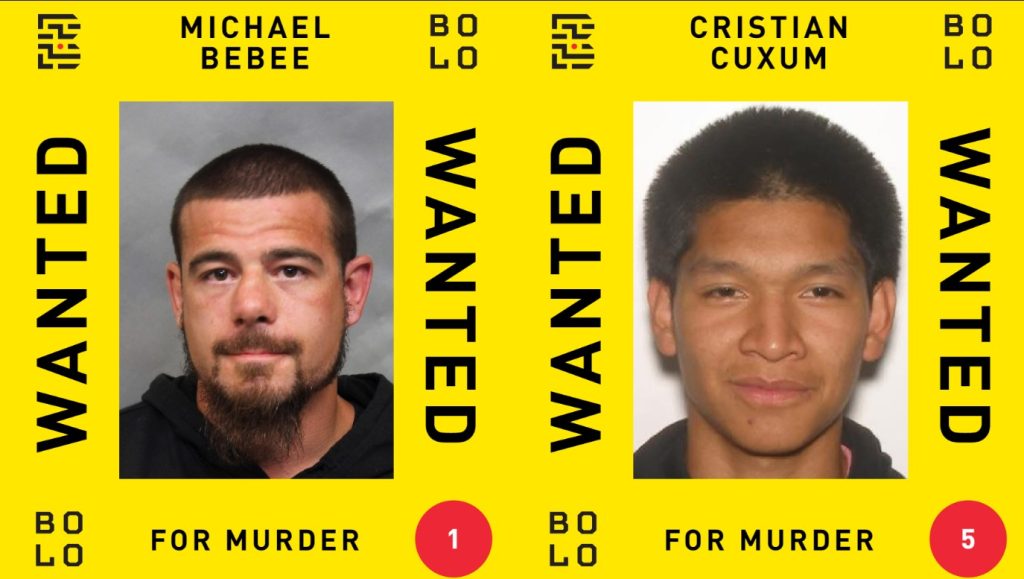Groundhog Wiarton Willie Fails To See Shadow, Predicts Early Spring
Posted February 2, 2008 12:00 pm.
This article is more than 5 years old.
It looks like we might soon say goodbye to the snow and welcome spring, but it all depends on whether you believe a rodent’s prognostication.
Saturday was Groundhog Day and Wiarton Willie, the country’s most famous weather prognosticating furry friend, failed to see his shadow when roused from his slumber Saturday morning.
That was good news for locals, since folklore has it that if a groundhog sees his shadow on Groundhog Day, he’ll flee to his burrow, heralding six more weeks of winter. If he doesn’t, it means an early spring.
The origins of the tradition aren’t entirely clear, but it’s likely related to the fact that Groundhog Day falls midway between the start of winter and the beginning of spring.
An early spring was also predicted by Canada’s other famous groundhogs, Nova Scotia’s Shubenacadie Sam and Alberta’s Balzac Billy. But Pennsylvania’s Punxsutawney Phil disagreed. He saw his shadow.
CityNews videographer Audra Brown spent Saturday getting to the bottom of what Groundhog Day is all about. To see her story, click on the video link.
How Did Groundhog Day Begin? / Groundhog List
It’s become a tradition and a tourist event for over a century. Groundhog Day is an unofficial holiday that everyone knows is absurd, and yet can’t stop observing.
So why does a furry animal that looks like an overstuffed rodent hold such sway every February 2nd?
The answer lies shrouded in the shadows of history (and if the groundhog sees that shadow, does that mean we’ll have six more weeks of history?)
Most experts suggest the tradition began when German settlers brought their tradition of Candelmas to North America in the 1700s.
Feb. 2nd is supposed to be the mid-point between the Winter Solstice and the Spring Equinox. According to legend, if the weather was good on that day, the rest of the winter would be stormy and cold.
If not, the coldest season of the year would be over soon and farmers could start to think about planting their crops.
Eventually a hedgehog – not the more traditional creature used today – was added, and the story of seeing his shadow began.
But Groundhog Day owes its current status not to superstition, but to – what else – commercial reality. A newspaper editor named Clymer Freas came up with the idea in the Punxsutawney Spirit in 1886. It wound up being so popular, the legendary Punxsutawney Phil was born, in an event that’s been marked ever since.
Knowing a good thing when they saw one, the town of Wiarton decided to get in on the act, launching its own prognosticating furball in 1956.
It’s been the largest tourist event in the area ever since, and has only overshadowed its more famous American cousin once – in 1999, when Willie was discovered dead minutes before his annual prediction was to be delivered.
Since then, dozens of small towns in every part of North America have taken up the banner. Among the other groundhogs that compete with the more famous pair:
Nova Scotia: Shubenacadie Sam
Brandon Manitoba: Brandon Bob
Alberta: Balzac Billy
Kleinburg, Ont.: Gary the Groundhog
Birmingham, Alabama: Birmingham Bill
Marion, Ohio: Buckeye Chuck
St. Louis: Chester
Dunkirk, New York: Dunkirk Dave
West Virigina: French Creek Freddy
Georgia: General Beauregard Lee
Sun Prairie, Wisconsin: Jimmy the Groundhog
Long Island, N.Y.: Malverne Mel
Lancaster, Pennsylvania: Octarara Orphie
Vermont: Peewee, the Woodchuck
Hollis, New Hampshire: Pennichuck Chuck
North Carolina: Sir Walter Wally
Staten Island, N.Y.: Staten Island Chuck
Unadilla, Nebraska: Unadilla Bill
No one’s saying if any of these animals are ever accurate. But while spring may not come right away, one thing is sure. For the towns that use the tradition as a tourist lure, the money gives them a warm feeling that could last until May.










